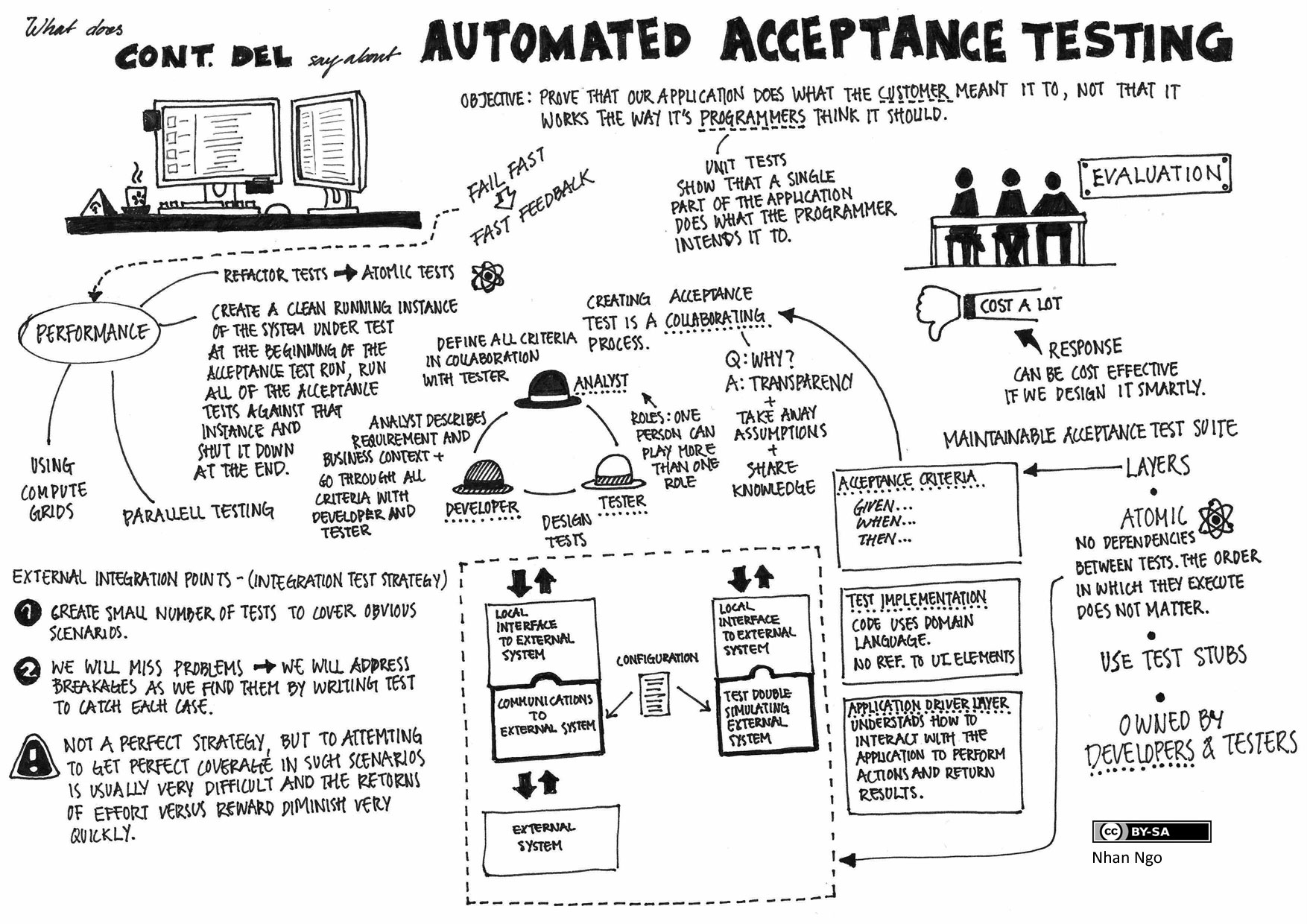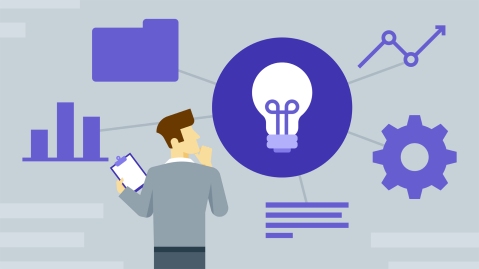All throughout the week, I have shared to you the most common software process models that a software product manager can best use for his/her product development. After the prototype is complete and once the product is ready for the client feedback, there are times when even if the prototype function well during development, it may not work as well for the client. To avoid this, it is an essential agile practice to automate the build of the prototype for testing, integration, and release of the product.
What is continuous delivery in the world of software development?
According to Stewart Hardy (2008), continuous delivery is the ability to get changes of all types—including new features, configuration changes, bug fixes and experiments—into production, or into the hands of users, safely and quickly in a sustainable way.
Continuous delivery allows the developers to deliver a product continuously, as it is being developed. Whenever a developer commits a code change, it will be built, tested, integrated, then released. The gap between the change and having it released is very short so it becomes noticeable for any problems that may arise. With this immediate feedback, the developers will be able to pinpoint immediately what went wrong and fix it in no time.
Further, continuous delivery prepares the product management team to release the product at any point, each to a specific channel or streams intended for different audiences for feedback. In order to support continuous delivery, the software product management team could use automated tools and these tools can be used to build and integrate the code, run tests, and package the product into a releasable form.
Test-driven development, usually used by large teams practicing continuous delivery, is an approach of writing tests before actually writing the code itself. The developers are actually solving the right problem by making the functionality they want. Here, the code is written, features start to take form within the product, and then with continuous delivery, the process is happening all the time and tested and fix immediately. If nothing breaks during the process, the prototype is ready for distribution anytime for testing by the users.
Check out this illustrated notes by Nhan Ngo continuous delivery:

Reference:
University of Alberta (2020). Software Processes and Agile Practices. [Coursera Course] under the Software Product Management Specialization. Taken November 2020.
Poulette, B. (2020). Unified Process. [Video]. Embedded under the course study videos under the Week 2 of the Software Processes and Agile Practices Coursera Course. Taken November 21, 2020.
Hardy, S. (2008). Continuous delivery: Introduction. [Article]. Retrieved on Nov 21, 2020 from https://continuousdelivery.com/.



